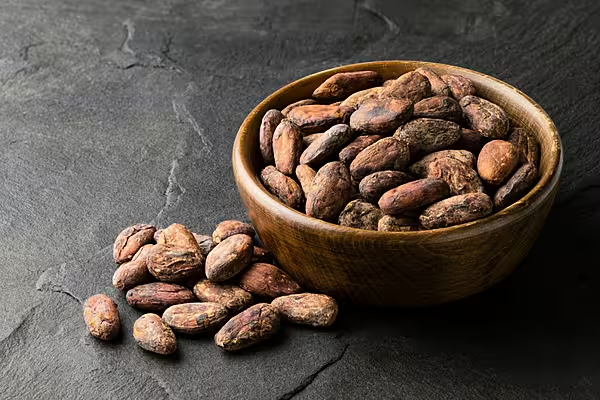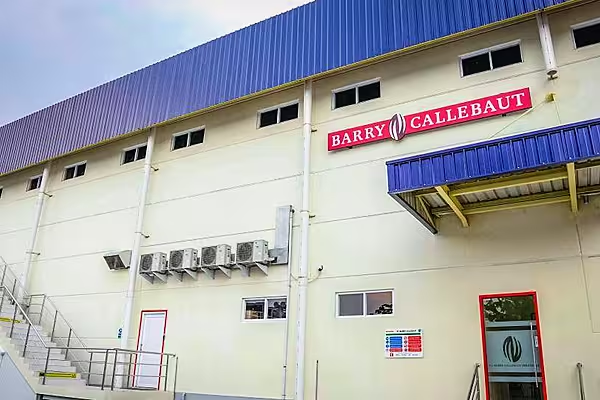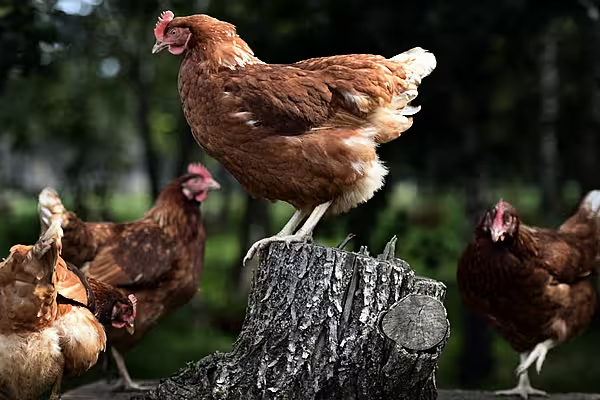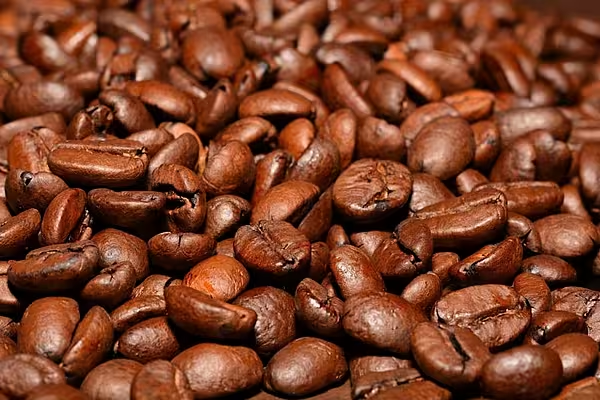No rain and a dry wind last week in most of Ivory Coast's cocoa growing regions raised concerns for the quality and development of the April-to-September mid-crop, farmers said on Monday.
Ivory Coast, the world's top cocoa producer, is in its dry season which runs from mid-November to March, when downpours are scarce.
Farmers in the central and eastern regions said the seasonal Harmattan wind which arrived several weeks ago had become stronger last week and threatened the development of flowers and small pods currently on the trees.
If the weather lasts it could sharply reduce soil moisture content and the quality of beans by mid-February, they said.
"If this dry wind continues for two weeks we will have lots of flowers and small pods that will fall from the trees and reduce the next harvest," said Jean N'Goran, who farms near the centre-western region of Daloa, where no rain fell last week.
Farmers gave similar comments in the central regions of Bongouanou and Yamoussoukro, where there was also no rain.
Drop In Humidity
The Harmattan wind sweeps down from the Sahara for a variable period every year between December and March, causing a sharp drop in humidity.
In the western region of Soubre, at the heart of the cocoa belt, and in the southern regions of Agboville and Divo, where no rain fell last week, farmers said there was still enough soil moisture to support the development of fruits if the temperature was not too high.
"The trees are okay for the moment. The foliage is still green," said Ali Bouanga, who farms near Soubre.
Average temperatures ranged from 22.8 to 27 degrees Celsius in Ivory Coast last week.
Read More: Ivory Coast Cocoa Regulator Sees Output Down Despite Strong Port Deliveries
News by Reuters, edited by ESM. For more Supply Chain news, click here. Click subscribe to sign up to ESM: European Supermarket Magazine.











